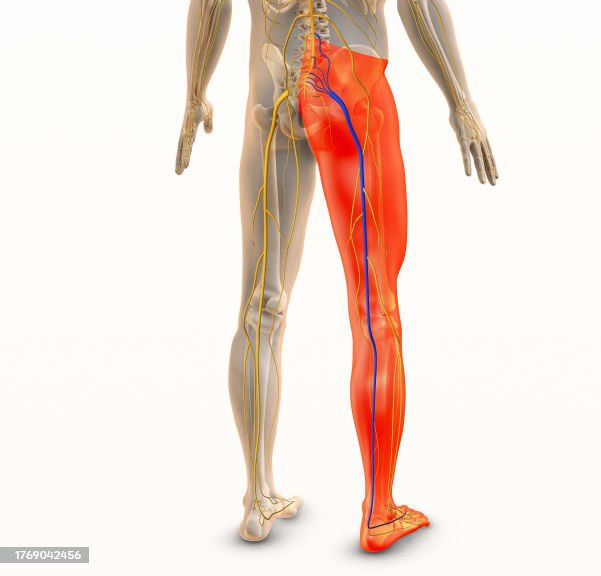Back pain and muscle atrophy are two health issues that are often interconnected. Muscle atrophy, ch
- Vincent B.champagne
- Oct 14, 2023
- 1 min read
Back pain and muscle atrophy are two health issues that are often interconnected. Muscle atrophy, characterized by the loss of muscle mass and strength, can be a contributing factor to back pain and exacerbate this condition.
When the muscles in the back are weakened due to atrophy, they tend to not provide adequate support to the spine and surrounding structures. The back muscles play a crucial role in maintaining posture, stabilizing the spine, and distributing body weight. When they are weakened, the spine may experience uneven pressure, which can lead to back pain.
Furthermore, muscle atrophy can also affect abdominal muscles, potentially compromising the overall muscle balance of the trunk. Muscle imbalance between the back and abdominal muscles can affect posture and the natural curvature of the spine, increasing the risk of back pain.
Back pain can lead to a reduction in physical activity and exercise, potentially worsening muscle atrophy. Lack of exercise can result in a decrease in muscle mass and strength, creating a vicious cycle between back pain and muscle atrophy.
To effectively address back pain and muscle atrophy, it's important to take a comprehensive approach. This may include specific exercises to strengthen the back muscles, stretching to improve flexibility, and a gradual rehabilitation plan to counter muscle atrophy. Regular medical monitoring, professional physiotherapy guidance, and lifestyle modifications such as a balanced diet and an active lifestyle are essential to improving fitness and alleviating back pain associated with muscle atrophy.




Comments